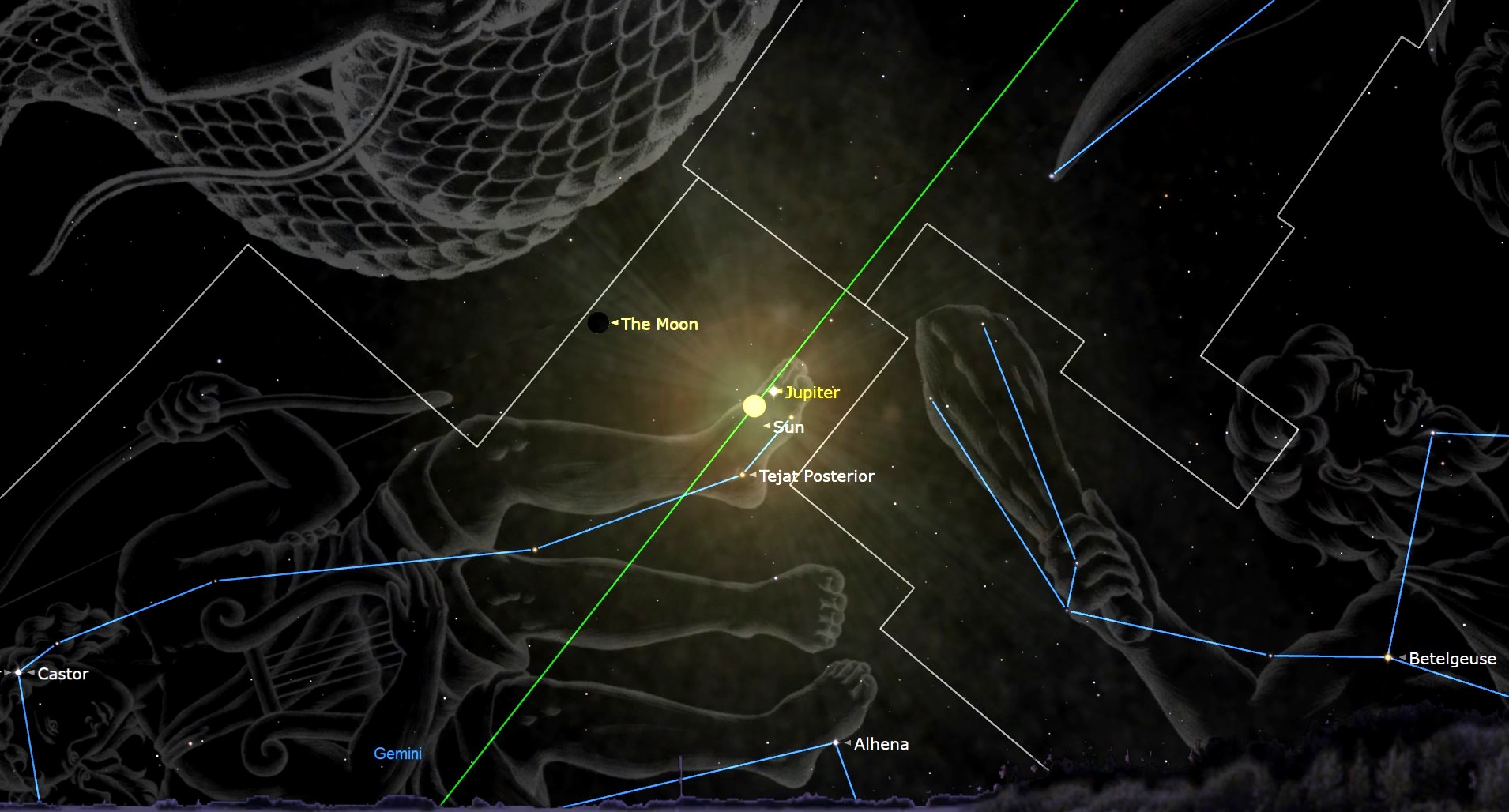Giant Leaps: Biggest Milestones of Human Spaceflight
International Space Station Welcomes First Crew
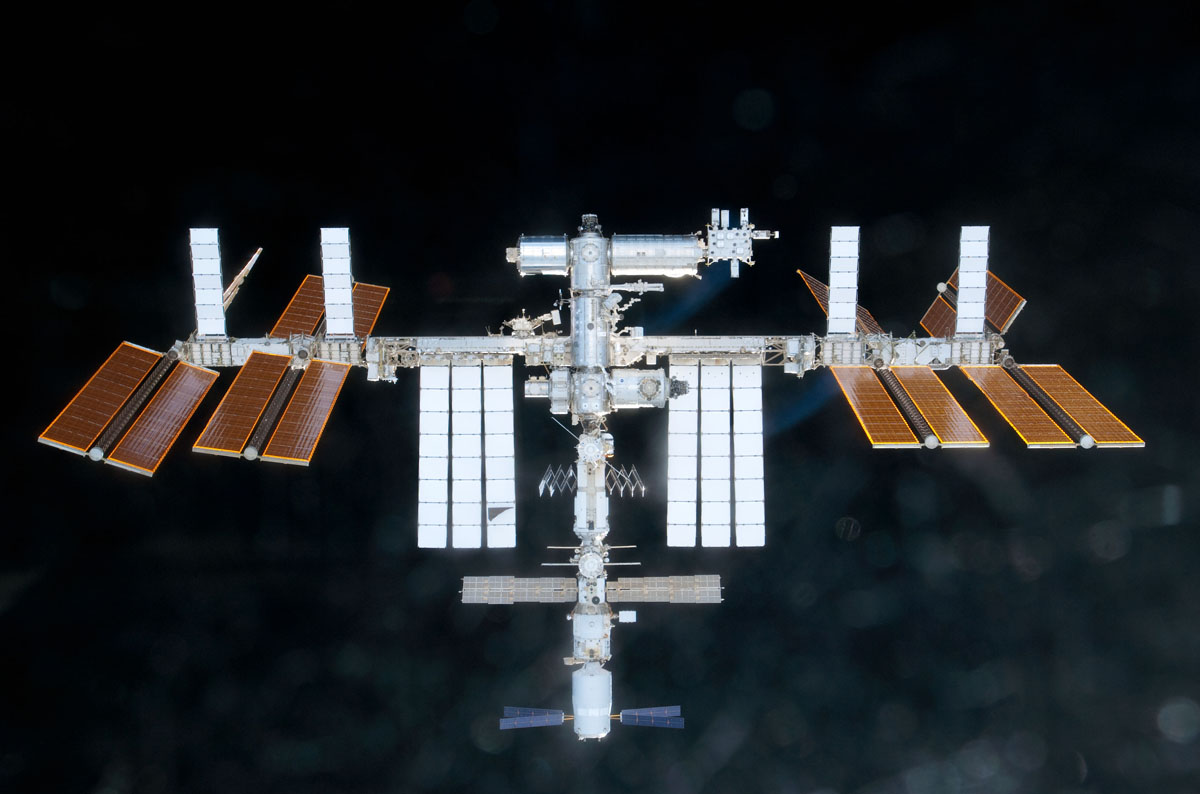
The International Space Station hosted its first visitors more than a decade ago. One NASA astronaut and two cosmonauts docked at the orbiting lab on Nov. 2, 2000, then lived aboard the station for more than four months.
It was a major milestone for the huge station, which is being assembled in low-Earth orbit by a coalition of space agencies from the United States, Russia, Canada, Japan and Europe. Construction began in November 1998 and is expected to be completed by 2012.
The $100 billion orbiting lab — which has about as much living space as a five-bedroom house — is the single most expensive structure ever built. NASA and the other space agencies are using the station to test exploration technology, perform a variety of experiments and gain knowledge that could help maintain crew health and performance in space.
Rise of Space Tourism
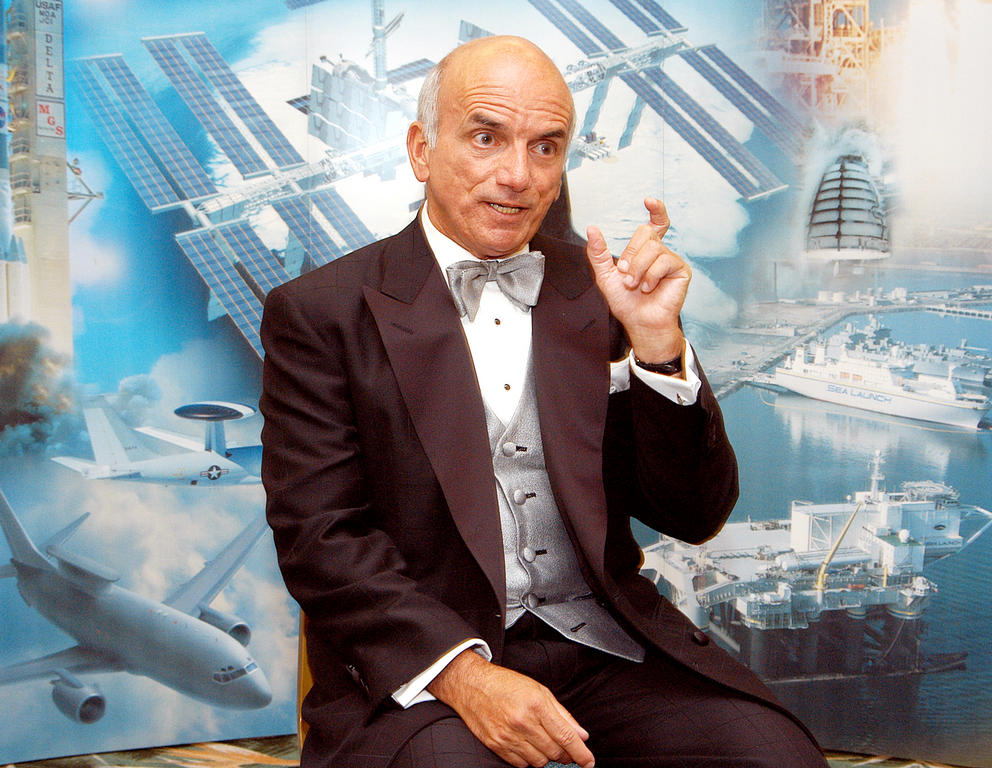
In April 2001, Dennis Tito became the first space tourist, paying a reported $20 million to fly to the International Space Station and back aboard a Russian Soyuz vehicle. He stayed at the orbiting lab for nearly 8 days, meaning his nightly rate was about $2.5 million — a bit pricier than even a penthouse suite at the Four Seasons.
Tito's trip was organized by the Virginia-based company Space Adventures, which has now sent seven tourists on a total of eight missions to the ISS. Some of them have reportedly paid up to $35 million for the journey. The last flight was in 2009, but an increase in Soyuz production is allowing the company to sell seats again, for trips starting in 2013.
Tito's journey showed that spaceflight could be open to regular people. OK, not regular people — super-wealthy people. But the cost of space tourism jaunts should come down significantly as private spaceflight ramps up. Virgin Galactic, for example, is selling seats for subortibal joyrides for $200,000, with the first passenger flights possibly occurring by 2012.
China Joins the Club
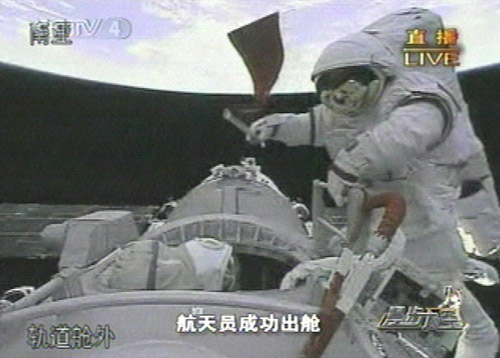
Human spaceflight remained the province of just two nations — the Soviet Union/Russia and the United States — for more than 40 years. Then, in 2003, China joined the club.
On Oct. 15 of that year, China launched spaceflyer Yang Liwei into space in the Chinese-made Shenzhou 5 vehicle, which was carried aloft by a Chinese rocket. The nation has continued to develop its human-spaceflight program since then, launching two more manned missions. And in September 2008, a Chinese "taikonaut" made the nation's first-ever spacewalk.
SpaceShipOne Reaches the Heavens — Twice
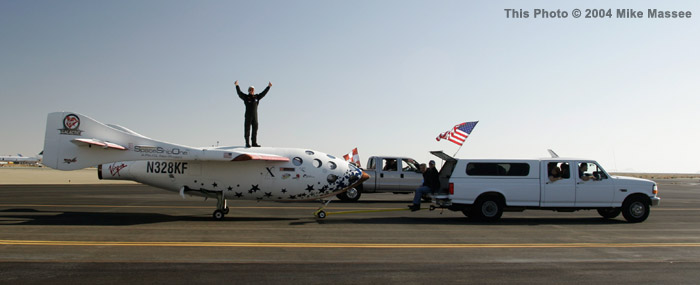
The age of commercial human spaceflight may have kicked off in the autumn of 2004, when the manned, privately built SpaceShipOne traveled to suborbital space and back twice in the span of five days.
With this accomplishment, the SpaceShipOne team — led by famed aerospace engineer Burt Rutan, chief of the firm Scaled Composites — won the prestigious $10 million Ansari X prize. The back-to-back flights also showed that human spaceflight will not be the exclusive province of government agencies, or government-designed vehicles, for too much longer.
The SpaceShipOne design eventually morphed into SpaceShipTwo, which became the basis for Virgin Galactic's VSS Enterprise vehicle. The Enterprise could start carrying paying customers on suborbital joyrides as early as 2012, at $200,000 per seat.
Private Spaceship in Orbit: Maiden Flight of Dragon
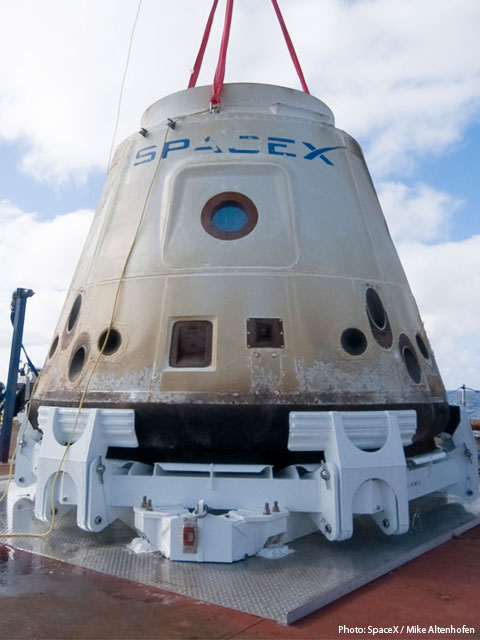
On Dec. 8, 2010, private spaceflight took a huge leap forward. The California-based company Space Exploration Technologies — SpaceX for short — launched its Dragon capsule atop a Falcon 9 rocket. The spacecraft completed two trips around the Earth, then splashed down in the Pacific Ocean, where SpaceX personnel fished it out of the water.
With the flight, SpaceX became the first private company ever to launch a spacecraft to Earth orbit, then recover it after re-entry. Previously, only six nations or governmental agencies had accomplished the feat.
Dragon's first flight was just a test — preparation for NASA-funded supply runs to the International Space Station. But Dragon's success bodes well for private human spaceflight; SpaceX has already submitted a proposal to NASA to upgrade Dragon to a crew-carrying craft.
Dragon won't be shuttling astronauts around in the next few months, however. The spacecraft will make at least 11 more flights — and the Falcon 9 will launch at least 17 more times — before the company is ready for manned missions, SpaceX officials have said.
Join our Space Forums to keep talking space on the latest missions, night sky and more! And if you have a news tip, correction or comment, let us know at: community@space.com.
Breaking space news, the latest updates on rocket launches, skywatching events and more!

Michael Wall is a Senior Space Writer with Space.com and joined the team in 2010. He primarily covers exoplanets, spaceflight and military space, but has been known to dabble in the space art beat. His book about the search for alien life, "Out There," was published on Nov. 13, 2018. Before becoming a science writer, Michael worked as a herpetologist and wildlife biologist. He has a Ph.D. in evolutionary biology from the University of Sydney, Australia, a bachelor's degree from the University of Arizona, and a graduate certificate in science writing from the University of California, Santa Cruz. To find out what his latest project is, you can follow Michael on Twitter.
